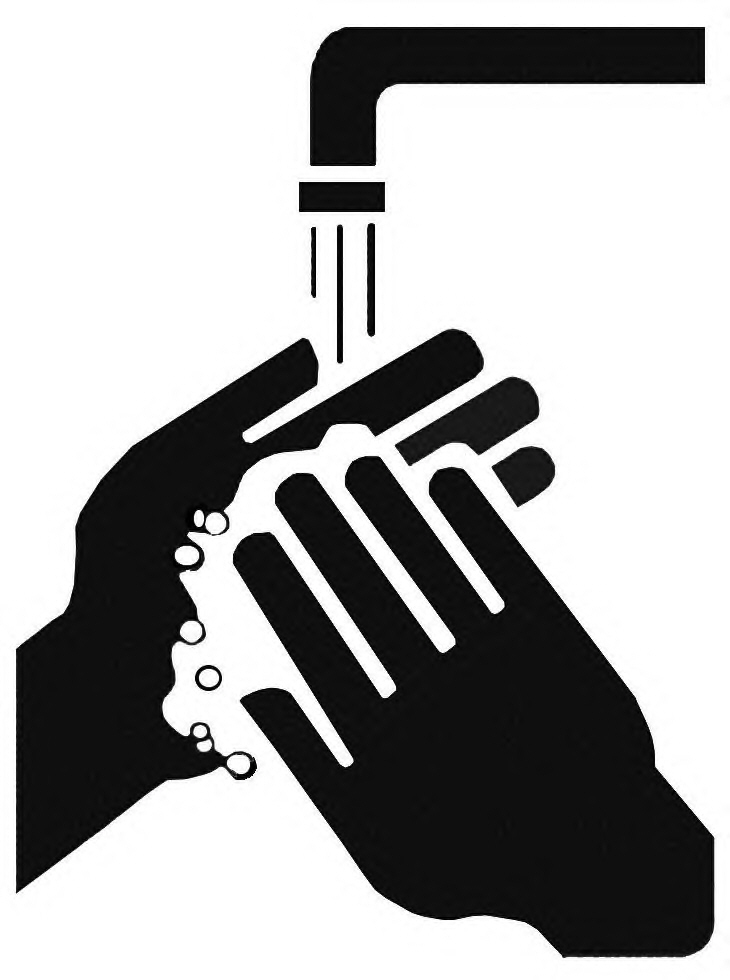ISOTYPE

Usage: Though isotype ultimately failed as a means of communication (in part because educators favored written words over pictures), Neurath's "international picture language" laid the foundation for international graphic symbols, i.e., for the pictographic signals of airport, train-station, and highway signs. Today, the use of graphics at the human-computer interface further demonstrates the power of pictographic communication. (N.B.: Words are unlikely ever to replace images in Nonverbal World.)
RESEARCH REPORTS: 1. "The first step in Isotype is the development of easily understood and easily remembered symbols. The next step is to combine these symbolic elements" (Neurath 1936:224-25). 2. ". . . simple [pictographic] elements can be made to show the most complicated facts and relationships. The visual method, fully developed, becomes the basis for a common cultural life and a common cultural relationship" (Neurath 1936:226).
Prehistory. "With Spanish Levantine rock art (dating to 11,500 B.P. ["before present"]), ancient sign artifacts begin to show a quantum leap both in complexity and information content in scenes representing hunters, singly and in groups, associated weapons, clothing, gender signals, social behaviors, and complicated juxtapositionings of human beings with one another and with prey animals. Thus begins pictographic narration--story telling, dramatization--showing consequences of actions, portraying life-and-death encounters" (Givens 1982:162).
Future. Semiotic principles of isotype are included in a U.S. Department of Energy warning system, designed to send a cautionary message to human beings 10,000 years in the future about the dangers of nuclear waste (see WIPP MARKER).
Neuro-notes. "Pictographic traditions--both protowritings and true pictographic scripts--rest on semiotic principles which seem to have deep roots in human perception and cognition" (Givens 1982:162-63).
See also NONVERBAL LEARNING.
YouTube Video: Watch a short video explaining Isotype with Isotype.Copyright 1998 - 2016 (David B. Givens/Center for Nonverbal Studies)
Illustration "Wash Hands" (credit: public domain)